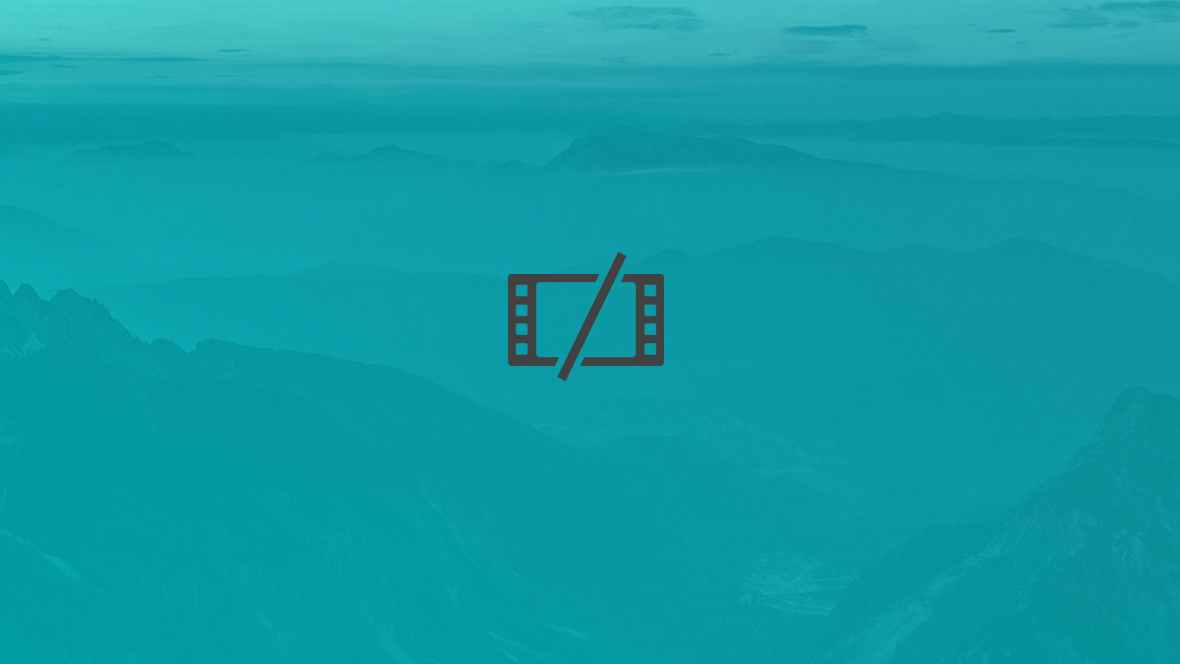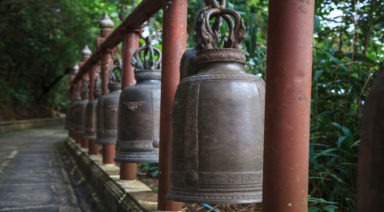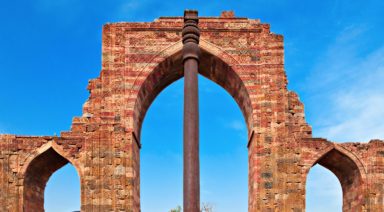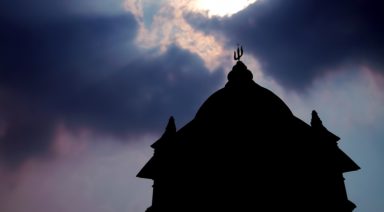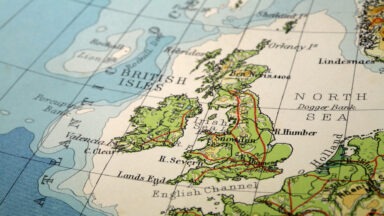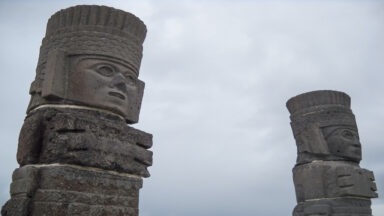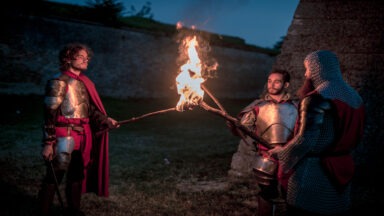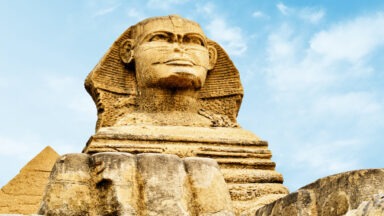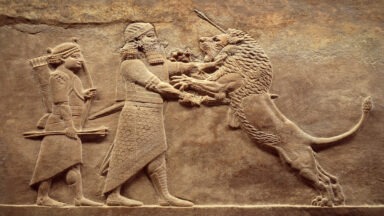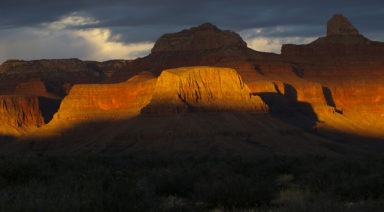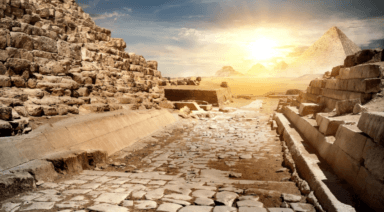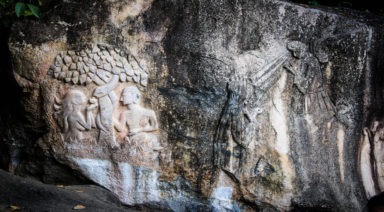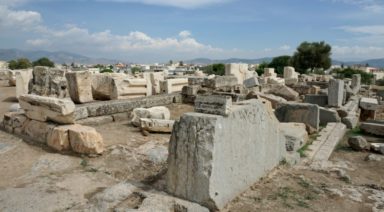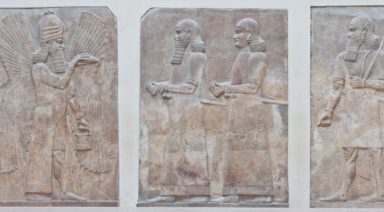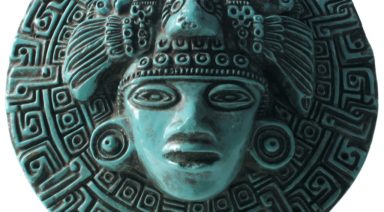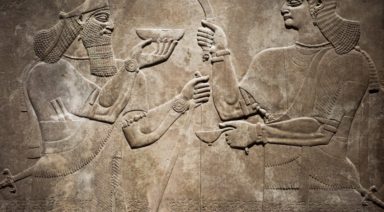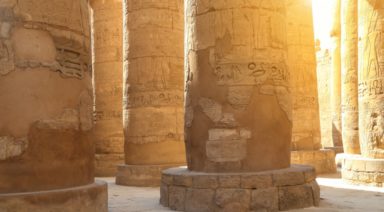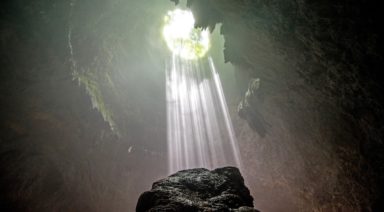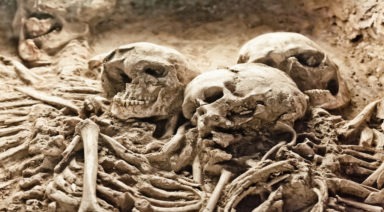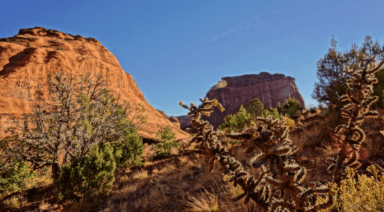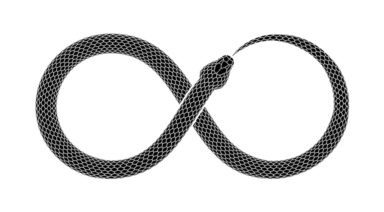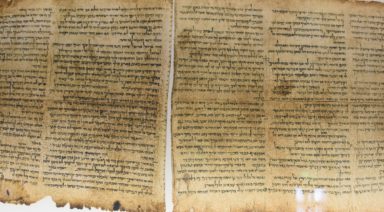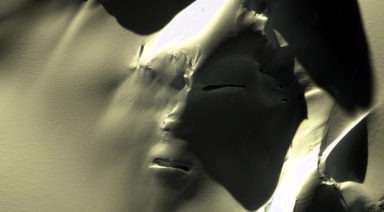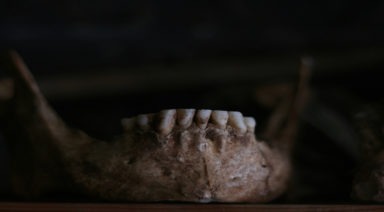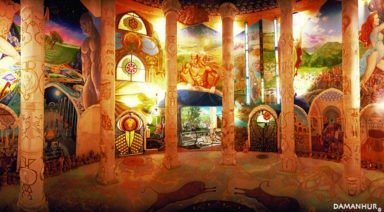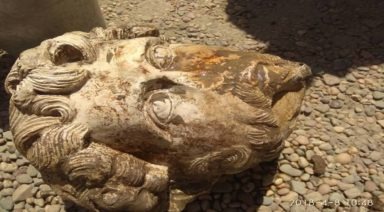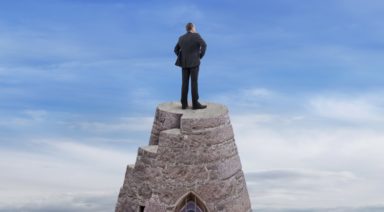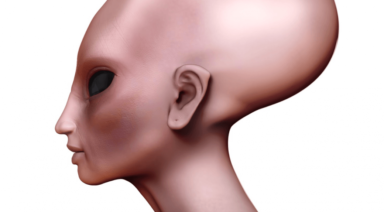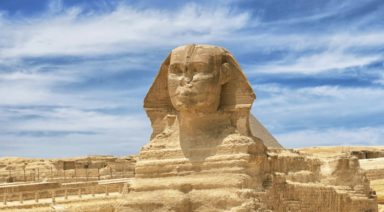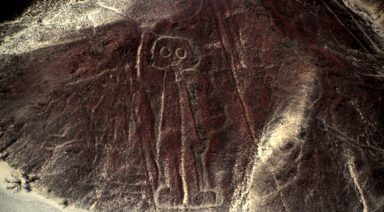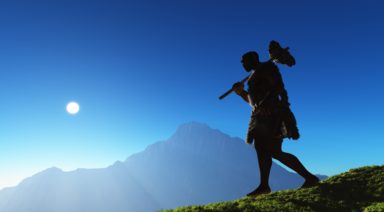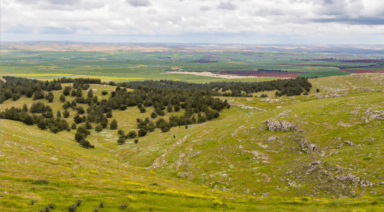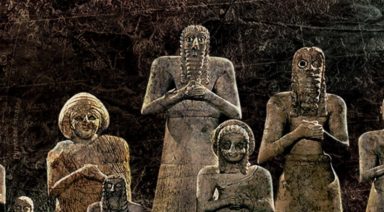John Anthony West: Pioneer of Ancient Civilization Theories Passes Away
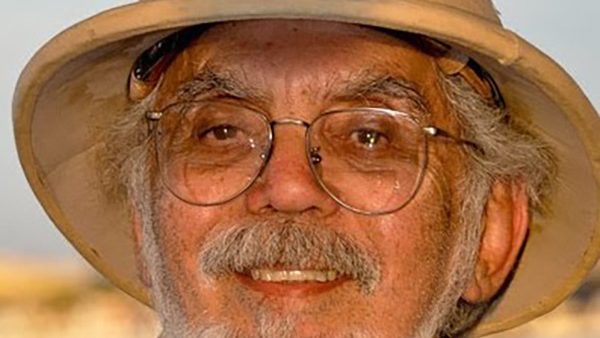
John Anthony West was not a man interested in legacy or fame. Like many of his peers, he dedicated his life to the pursuit of uncovering hidden truths, sparking a flame to our collective story where historians and scientists had turned a blind eye.
For 40 years, his perseverance led to ground-breaking discoveries, including the controversial claim regarding the Sphinx’s ancient origins (Sphinx water erosion theory), which was presented in the award-winning documentary Mystery of the Sphinx. His radical fearlessness in the face of criticism also led to the popularization of Klaus Schmidt’s work, exposing the oldest religious site known to man, Göbekli Tepe. West referred to this discovery as, “the ‘smoking gun’ against which orthodox academics have no defense.”

West was unapologetic in his efforts and paved the way for generations of seekers to participate in changing the course of history, regardless of the credentials or degrees that follow one’s name. A true pioneer, his work lives on through those impacted by the knowledge he brought forth, such as Robert Shoch, whose research and contributions were instrumental to the awareness and progression of West’s work.
“John Anthony West was one of the main reasons I began work on the possibility of a lost civilization. This is a man who has immersed himself in the mystery of ancient Egypt for decades. To get this wisdom shared about Egypt, the love and the passion, is something that no one else can replicate.” – Graham Hancock
Watch Gaia’s last interview with John Anthony West below:
THE SACRED SCIENCE OF ANCIENT EGYPT
Ancient Sound Technology; The Breath of Creation
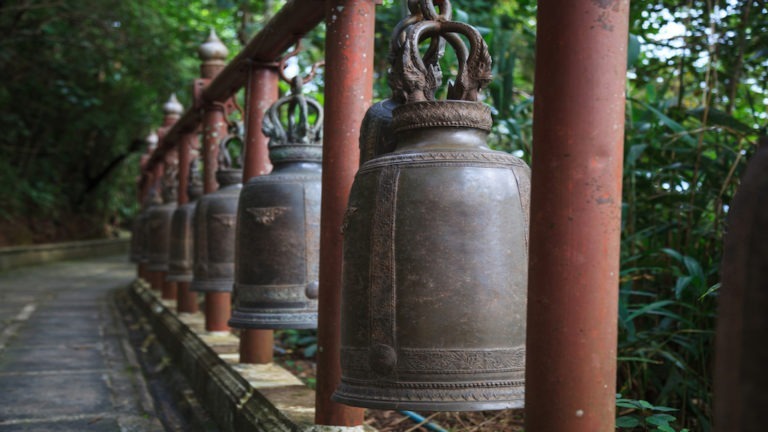
Crashing waves. The thump of a palm against a taut drum skin. The wail of a new born baby. Sound is our tether to the present, to one another, and to our deep and ancient sense of the world. Throughout the ages, ancient sound technology, created through voice, instruments, and the natural world has provided healing and spiritual connection.
Every ancient civilization is based on the belief of the sanctity that is sound, from the Old Testament’s verse, “and God said, let there be light,” to the meditative Aum of the Hindu tradition; sound represents a spiritual significance that is essential to the human relationship to nature, self, and one another.
The first ancient people known to use sound as a healing power are the indigenous people of Northern Australia. The ancient culture created a kind of sound healing expressed through the didgeridoo, or its ancient name, the yidaki. Made from fallen eucalyptus branches hollowed out by termites, the didgeridoo is considered to be the oldest wind instrument, dating back more than 40,000 years.
Used in ceremonial rituals and for its healing properties, the didgeridoo was also a way to communicate across far distances due to the unique sound waves which are believed to be able to be heard through the Earth. The low frequencies produced by the didgeridoo are thought to heal, help with mobility, and open up energetic flows.
“He who knows the secret of the sound knows the mystery of the whole universe” – Hazrat Inayat Khan
North American indigenous cultures incorporated “reciprocal participation” in their tribal ceremonies with a complex and interconnected musical exchange that ranged across nations and tribes. Used for ritualistic purposes, creative expression, and healing, making and sharing music has always been central to Native American daily life.
According to the American Indian Heritage Foundation (AIHF), “ [u]nusual, irregular rhythms and a somewhat off-key style of singing are used. No harmony is ever incorporated, although sometimes many people sing at once, and other times the vocals are solo. The Native American vocals are passionate, used to invoke spirits, ask for rain or healing, or are used to heal the sick.”
AIHF states that “many researchers feel that Native American music is some of the most complex ever performed. The tensing and releasing of the vocals combined with varying drum beats make it a very intricate form of art.
In ancient Egypt, seven vowels served as sacred sounds, creating a strong euphony, or harmonic convergence. In addition to the human voice, Egyptian high priestesses played the sistrum in ceremonies, a kind of rattle with metal discs attached to it that generated an “ultrasound” to enhance healing, and which is still in use today. The ancient Egyptians believed so strongly in the power and sanctity of sound that there are no vowels present in their written language of hieroglyphics.

